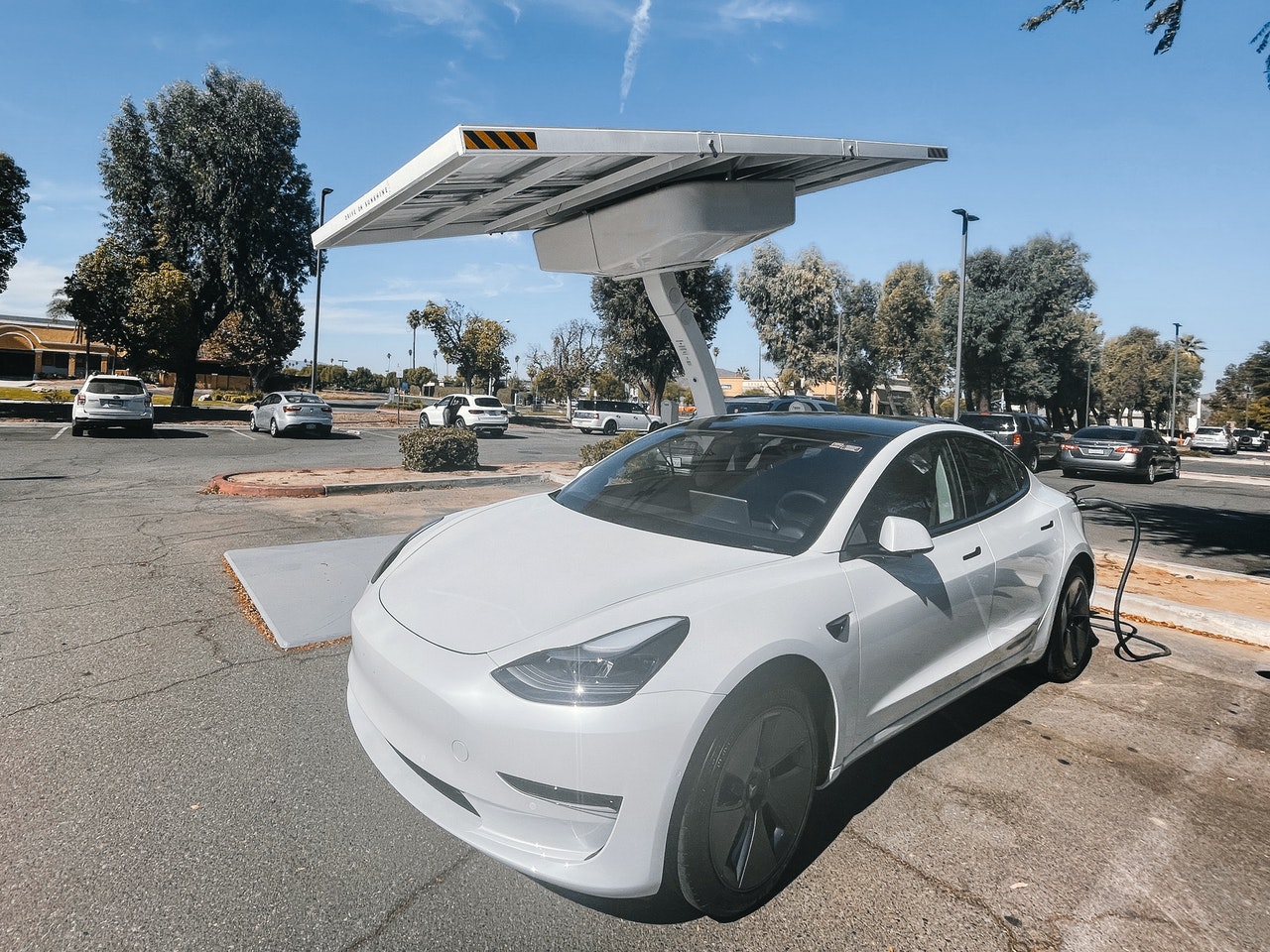With electric vehicles becoming a part of our lives and predictions stating that around 40% of cars on UK roads could be electric in just under 10 years, there’s much to consider in implementing this change across the country. With these statistics and considerations already being discussed, Rosconn Strategic Land are taking a look at how the use of electric vehicles could affect the future of land development and housing.
Current Electric Vehicle ownership
We are currently seeing a demand for electric vehicles from those with means to install a charging point on their property. Either on a driveway or within a garage parking space. For the future of electric vehicle ownership and housing development, those who do not have access to this space must be considered, or else many may miss out. When it comes to planning for the future, for our houses, our towns and cities we are going to need to consider several factors to encourage the ownership of vehicles which contribute to the government’s net zero goals. For example, the grid capacity, which is already under pressure to provide electricity to customers. As well as, considering those homeowners who do not have the space or availability for a charging point. Streets and towns must be adapted to offer alternative solutions, otherwise we will see individuals across neighbourhoods feeling excluded from this shift in society.
What will the streets of the future look like?
Thinking forward and predicting what streets may look like in the future is certainly up for debate. As we see developments within technology and adaptations of our current infrastructure, how our streets will look in 10 and 20 years could be very different, incorporating the means which allow for us to be a greener society. Potentially the future streets of our towns and cities could be fitted with electric vehicle charging points, with planners prioritising those electric vehicle owners, to encourage uptake in ownership. In 20 years or more, we may even see a total ban of non-electric vehicles in our inner cities, or complete pedestrianisation of centres.
Grid Capacity
Grid capacity is one vital hurdle to consider when implementing this change in our society. A report from Ofgem into future Insights put forward a warning to the Government, stating that an uptake of EVs across the UK is likely to require very expensive upgrades to our electricity network. For developers, designers, and planners, this will require greater engagement with the grid capacity experts in order to push forward proposals for residential EV charging points. With some key considerations to bear in mind, which may restrict the installations. This includes, the capacity of the grid, proximity to a power station, and the use of renewable energy. It is expected that future EV installs may be restricted by Distribution Network Operators (DNOs) to protect grid capacity.
Centralised Electric Car Clubs – How could these work?
Car clubs have long been praised for their environmentally friendly approach to vehicle renting. Helping to reduce the number of vehicles on the road, cutting out unnecessary trips by motorists, these car clubs allow members to hire a car, returning it within the time allocated. EV car clubs would certainly help to reduce emissions and encourage the use of electric cars. An electric car club is able to provide a fleet of electric vehicles for hire with a central depot for charging and storing these vehicles when not leased. For these to work and take on in areas like suburbs of big cities, planners must be able to source locations and land which is suitable, vast in size, well situated, accessible, safe, and secure. This certainly provides an opportunity for landowners to bring forward their industrial spaces for this exact purpose.
In Conclusion: What could this mean for land development?
To meet the predictions and net zero goals set by the UK then landlords, landowners, developers, and planners are required to react now to match demand and supply. By incorporating electric vehicle charging facilities in a sufficient manner which works within development plans and grid capacity, this type of new real-estate will become very attractive to occupiers.
For landowners wishing to put forward land to sell, or maximise its value via engaging a land promoter, there could well be a demand for plans which consider the future of electric vehicle ownership. Working towards the government’s net zero goals for the UK. This will require much more collaboration with local authorities to determine the logistics of this demand and in particular discussions surrounding grid capacity and sourcing the necessary space required.



 Bitcoin
Bitcoin  Ethereum
Ethereum  Tether
Tether  XRP
XRP  Solana
Solana  USDC
USDC  TRON
TRON  Lido Staked Ether
Lido Staked Ether  Cardano
Cardano  Avalanche
Avalanche  Toncoin
Toncoin